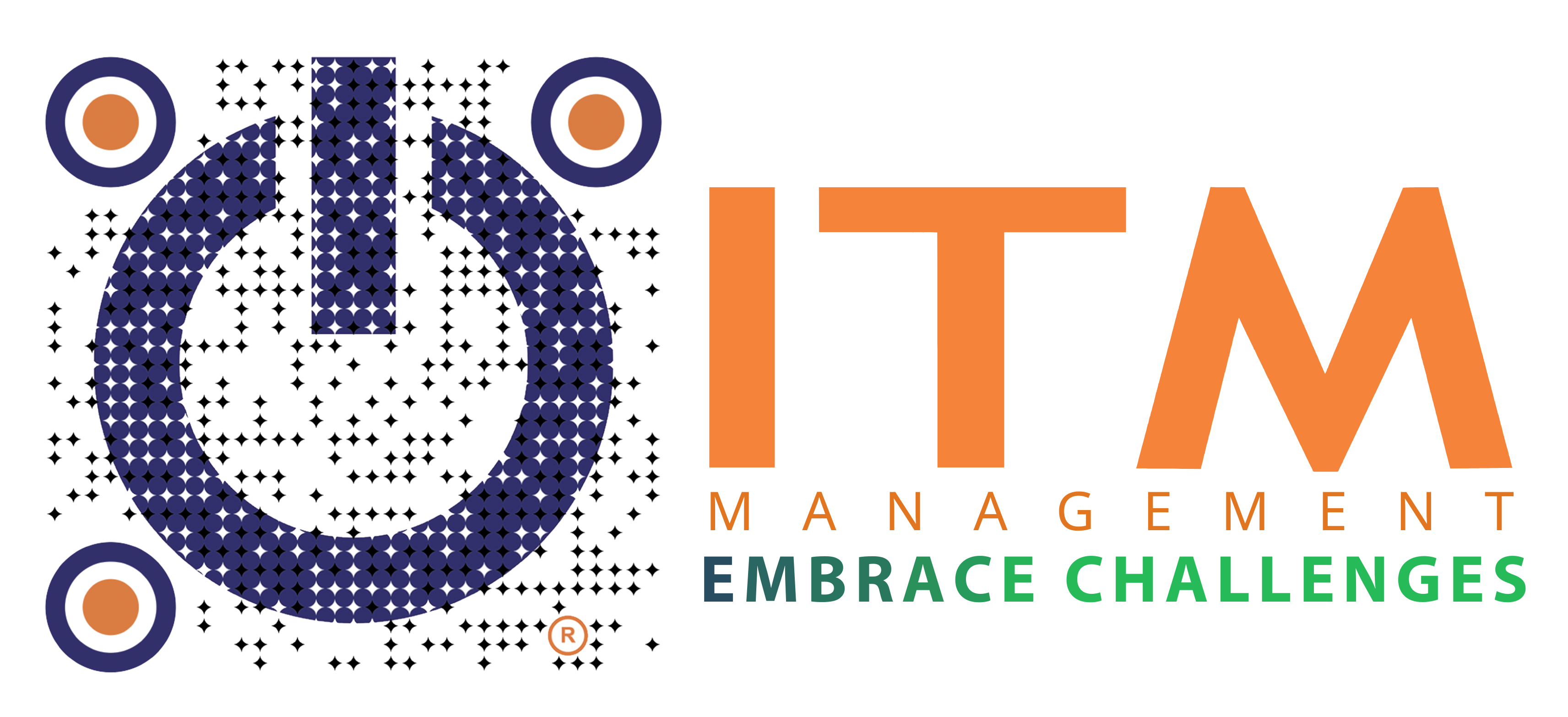October is Cybersecurity Awareness Month (CAM), a vital time for businesses to review their cybersecurity strategies, educate employees, and fortify defenses against evolving cyber threats. With 95% of Data Breaches Tied to Human Error in 2024 businesses must prioritize employee training, phishing prevention, and compliance to protect sensitive data and reduce risks. Our services, including automated security training, phishing simulations, dark web monitoring, and policy management, help businesses build a strong human firewall to stay secure.
Why Cybersecurity Awareness Month Matters
Cyber threats are growing in frequency and sophistication, affecting businesses of all sizes. Consider these critical statistics:
-
- 1 in 6 breaches (16%) involved AI-driven attacks, showing how generative AI is reshaping the cyber threat landscape.
- Among AI-related breaches, 37% were AI-generated phishing attacks and 35% involved deepfake impersonation attempts.
- 63% of ransomware victims in 2025 refused to pay ransom demands (up from 59% in 2024), yet the average cost of a ransomware or extortion incident still reached USD 5.08 million.
While technology is essential, the human factor is often the weakest link. Employees can unintentionally expose businesses to risks through weak passwords, clicking malicious links, or poor security habits. Cybersecurity Awareness Month is an ideal opportunity to strengthen your organization’s security culture.
Strengthen Password Security with Multi-Factor Authentication (MFA)
Passwords are often the weakest link in cybersecurity, with weak or reused passwords leading to data breaches, credential theft, and unauthorized access. Adopting strong password practices and MFA can significantly reduce these risks.
How to Improve Password Security
-
- Create strong, unique passwords: Use at least 12–16 characters, combining uppercase and lowercase letters, numbers, and special symbols. Avoid using personal information (like birthdays or company names) that can be guessed or found online.
- Enable Multi-Factor Authentication (MFA): Require a second form of verification, such as a text code or app notification, to enhance security.
- Monitor the dark web: Check for exposed credentials from data breaches to act before attackers exploit them.
Combat Phishing and Social Engineering
Phishing is the starting point for 95% of cyberattacks, with cybercriminals impersonating trusted brands, colleagues, or vendors to steal credentials, transfer funds, or install malware. Training employees and implementing preventive measures are essential to reduce these risks.
How to Prevent Phishing Attacks
Teach them to verify sender email addresses, hover over links to check legitimacy, and avoid suspicious attachments.
Use realistic, simulated phishing emails to test employee awareness and identify vulnerabilities.
- SPF (Sender Policy Framework): Specifies which servers are allowed to send emails from your domain, preventing attackers from forging your email address.
- DKIM (DomainKeys Identified Mail): Adds a digital signature to your emails, verifying they come from your domain and haven’t been tampered with.
- DMARC (Domain-based Message Authentication, Reporting, and Conformance): Builds on SPF and DKIM, letting you set policies (e.g., quarantine or reject) for suspicious emails and receive reports on email activity.
Encourage employees to quickly and easily report suspicious emails.
Our real-world phishing simulations help train your team and measure their preparedness. Schedule a free phishing simulation to assess your employees’ readiness.
Secure Remote Work and Devices
The shift to remote and hybrid work has expanded the attack surface, with unsecured devices, public Wi-Fi, and weak authentication increasing risks. Protecting your remote workforce is critical to maintaining a secure environment.
How to Secure Remote Workers
- Use Virtual Private Networks (VPNs): Ensure secure connections to company networks, especially on public Wi-Fi.
- Keep devices updated: Regularly patch software and operating systems to address vulnerabilities.
- Enforce role-based access controls: Limit access to sensitive data based on employees’ job roles.
- Train employees on remote work security: Educate your team on best practices, such as avoiding unsecured networks and locking devices when not in use.
Ensure Compliance and Protect Sensitive Data
Compliance with regulations like GDPR, HIPAA, PCI-DSS, and ISO 27001 is essential to protect sensitive data and avoid penalties. A robust compliance program also strengthens your overall security posture.
How to Stay Compliant and Secure Data
-
- Encrypt sensitive data: Use strong encryption to protect data at rest (stored) and in transit (being sent).
- Conduct regular compliance training: Ensure employees understand their role in maintaining compliance.
- Automate policy management: Track and enforce security policies to meet regulatory requirements.
- Monitor user behavior: Identify risky actions that could lead to compliance violations.
Take Action This Cybersecurity Awareness Month
Cyber threats don’t wait and neither should you. Every day without action leaves your business exposed to data breaches, ransomware, and financial loss. Cybersecurity Awareness Month is the perfect time to strengthen your defenses, raise employee awareness, and close the gaps that attackers exploit.
Simple actions make a big difference:
-
- Train your team to recognize phishing and social engineering tactics before it’s too late.
- Assess your current defenses through simulated attacks and vulnerability testing.
- Update your systems and policies to ensure compliance and resilience against evolving threats.
Your organization’s reputation, data, and clients deserve protection that keeps pace with today’s cyber landscape.
Contact ITM today to turn awareness into action and build a safer, smarter, and more resilient business for the digital era.








